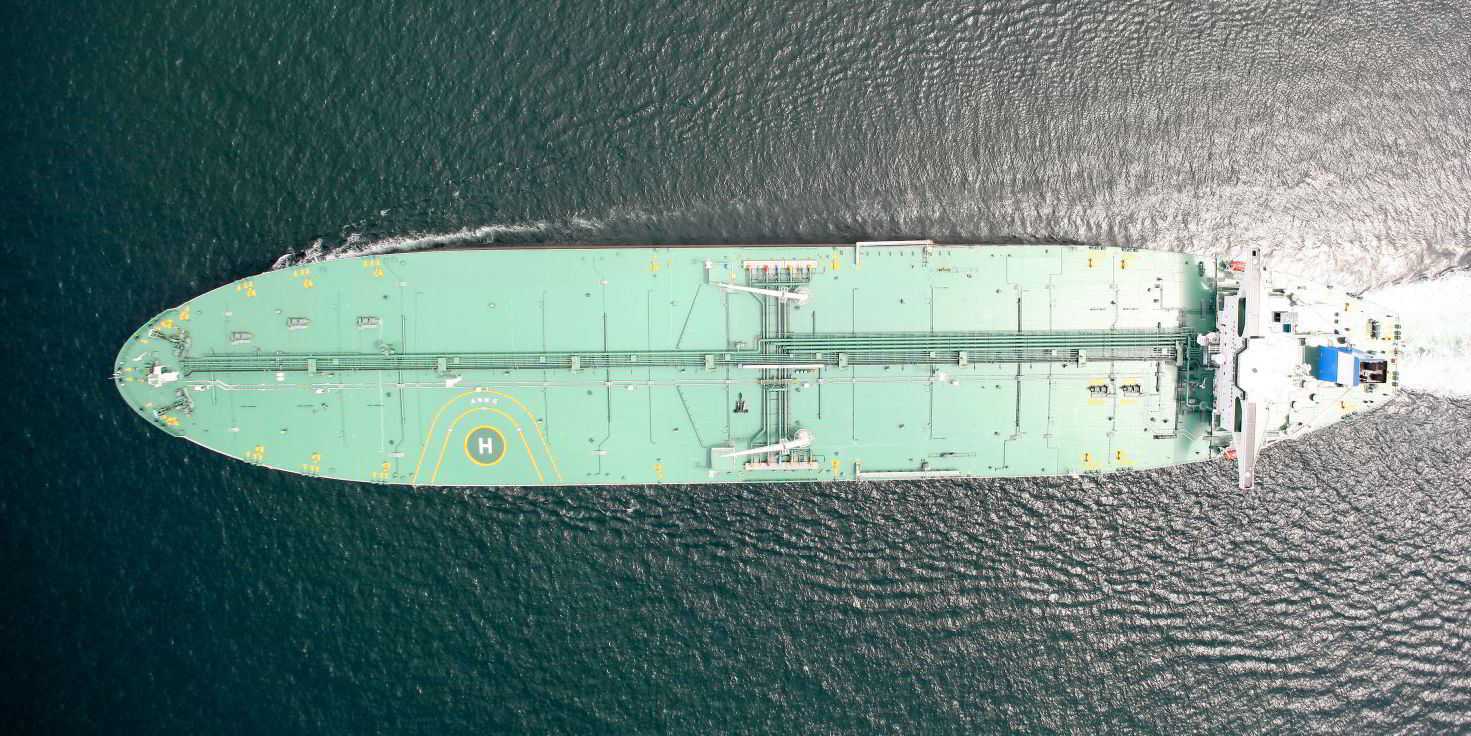Tanker stocks are expected to open weaker on Monday after Opec+ agreed Sunday to extend its supply cuts by a further 12 months.
Opec+, which groups the Organisation of the Petroleum Exporting Countries and allies led by Russia, announced that the 1.66m barrels per day (bpd) supply cut agreed in April would extend until the end of 2024, versus the end of 2023 as agreed before.
In addition, Saudi Arabia said it would make an additional voluntary cut of 1m barrels of oil a day as part of a deal struck by Opec+.
“When Opec+ announced the 1.66mbpd cuts Sunday 2 April, our oil tanker equity index fell 8% and liquid names like DHT was -11%, Euronav -4%, Frontline -10% and Scorpio Tankers -4%,” said Norwegian fund manager Joakim Hannisdahl.
“Although the extent and implications of this surprise move from OPEC+ is arguable of less magnitude, we would expect oil tanker shares to trade deep in the red [Monday].”
Hannisdahl said assuming OPEC+ will cut according to the latest agreements, and using EIA’s latest demand forecast, he sees a massive oil undersupply ahead.
“Either oil demand has to drop, oil supply has to increase or oil prices will rise to find a new market equilibrium,” said the Gersemi Asset Management founder and chief executive.
“Another factor is that Saudi could choose to extend their extra 1mbpd cut if they deem the oil price to be too low, while a reshuffling of baseline production means United Arab Emirates could increase production to offset some of the endemic underproduction of other Opec members.”
Hannisdahl said oil tanker fleet utilisation is now above 90% and was close to 100% in the fourth quarter of last year.
“Even assuming that the Opec+ cuts will be sustained until end-2024 [that] would mean a very strong tanker market on our indicative estimates, all-else-equal,” he said.
“For example, our VLCC spot rate forecast would fall from $113,000 per day (p/d) to $94,000 p/d in 2024E and from $133,000 p/d to $123,000 p/d in 2025E.”
Although Hannisdahl expects EIA to revise down their oil demand growth forecast for 2024 from 1.7%, demand growth in 2024 would have to be close to zero to balance the oil market with current supply projections from Opec+.
“Thus, even close to zero fleet growth would be sufficient to sustain the current elevated oil tanker earnings,” he said.
“We estimate oil tanker fleet growth of 0.7% in 2024E, the second lowest since 2002, only beaten by 0.6% in 2014.
“Also, higher oil prices will likely stimulate US oil exports if Opec+ are successful, adding to oil tanker demand through longer sailing distances,” he added.





